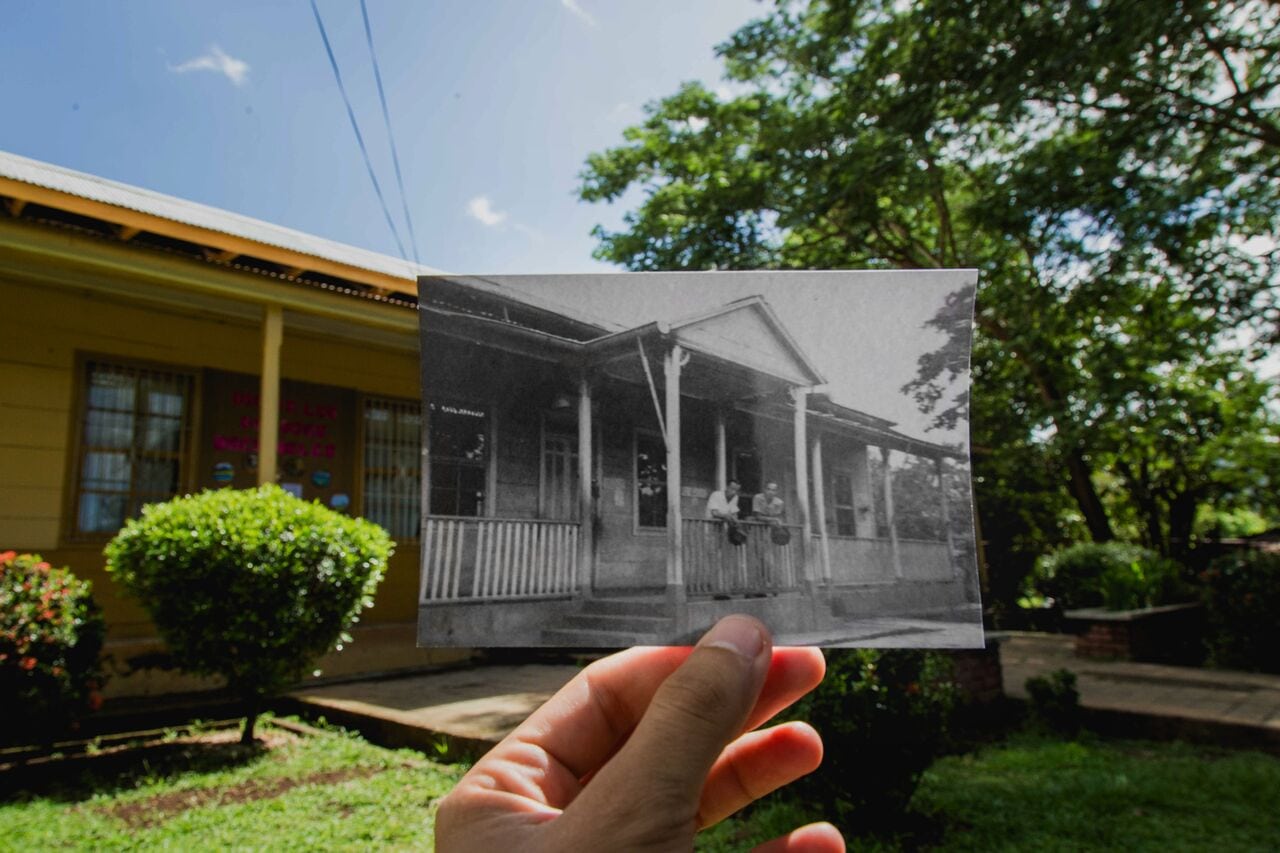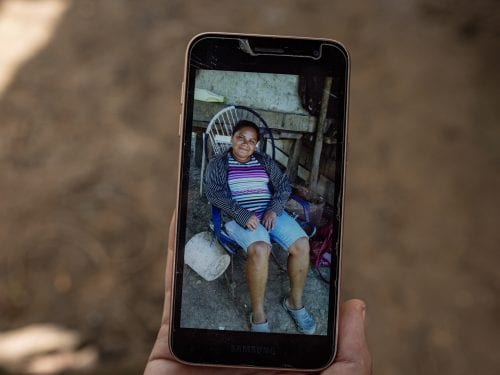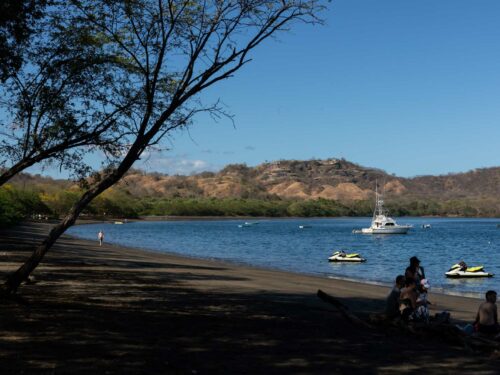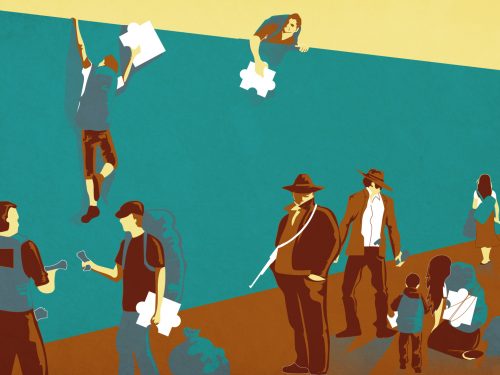
It was the La Mansión of the 1940s and 50s. Some of its streets were “paved,” busses made more than seven “runs” per day, parties were “full houses” and its people spent time with dozens of visitors per day.
“You used to feel like this place was bigger than Nicoya (today’s capital of the canton),” said Eladio Guevara, pointing at the La Mansión plaza, where he used to watch bull runs when he was 12 years old.
The privileged location of this town earned it the title of the largest commercial and social center in the peninsula. It was the middle point between towns like Nicoya and Hojancha and had one of the main ports for merchandise entering and leaving Guanacaste: Puerto Jesús.
Everyone passed through it, from merchants to families to residents from neighboring towns. Its theatre, cinema, diners and cantinas received visitors.
Today, almost 70 years later, memories of “the best times” are all that’s left of La Mansión. Memories for “Mansiónians,” at least for the oldest ones, defined this town and they hope they never die.
¡Oye chico!
The town owes its existence to Antonio Maceo Y Grajales, a Cuban revolutionary that was granted permission by the Costa Rican government in 1891, along with 23 generals, to live in Guanacaste as they fled Spanish conquistadors taking over the island.
He called the chosen spot “The Flower of Cuba” in honor of a relative, but it later became known as “La Mansión,” which alluded to Maceo’s house, the first one in the town.
Later that year, the government allowed Maceo to bring over 100 other Cuban families, who would live in the zone until 1895 with the intention of preparing themselves to return to Cuba and continue the battle for independence which was being fought against the crown of Spain.
La Mansión was settled by these first Cubans who built the first homes, businesses and plantations in the town.
In the 20th century, some 40 years later, the descendents of these first Cubans continued with that legacy and kept alive the idea of building a prosperous town.
El rey Puerto Jesús
““I liked hearing the sounds of the carts,” recalls José Manzán, one of the locals who remembers in 1946 when he used to run around La Mansión as a five-year-old boy.
EThose carts went one place: Puerto Jesús, which was located about 20 kilometers from La Mansión and was where almost all merchandise entered and left the Nicoya Peninsula.
From the 16th century until the middle of the 20th century, the most important “highways” in Guanacaste were rivers, such as the Tempisque, the Bebedero and the Golfo de Nicoya.
During that era, towns like La Mansión were formed around them and towns that were inland, like Nicoya or Santa Cruz, took charge of building roads to the “water highways.”
Nearing 84 years old, local resident of Cuban blood Rubaldo Batista remembers that the town, in large part, harvested rice, beans and corn and seeing those carts full of grain was very common.
Batista says that his grandfather and his father worked in these activities. He used to take his family’s harvests from Puerto Jesús to Puntarenas where he would sell them, like hundreds of other families form the town.
““The boat ride to Puntarenas used to take three hours. I would go with my dad sometimes and when you would pass by the Chira barrier (where the currents are stronger) the water would go go over the boat you were in,” Batista says.
Costa Rica used to export its products through Puntarenas, the first major port in the country which, for locals, represented an entry port for capital.
The National Production Center (CNP) installed the only space of the era for storing and buying grains from the peninsula in La Mansión, which further increased production and business in the zone.
“It was an activity that was so big (grain farming) that what is today the entrance to Hojancha on the main highway and clear to the La Mansión bridge here was covered with corn, beans and rice. It’s what you saw along the highway. There wasn’t enough transportation for all that grain,” remembers Mansión resident José Manzán.
¡Vámonos al cine!
It’s location between Puerto Jesús and towns further inland turned La Mansión into the epicenter for commerce.
“Everything used to be here,” Guevara says. “People used to come and go shopping here, people from Matina, Hojancha, Nicoya. From all those places.”
There was so much activity here that soccer games were played on the weekends between movie showings and plays in the town center.
Mansiónian Manzán says that the movie theatre showed films on Fridays, Saturdays and Sundays during the best of times.
“On Saturdays, you went to the movies and when you left there was a small diner across the street where everyone would go eat and have a soft drink,” he says.
For those who weren’t just passersby, dancing and swimming in ponds or the Morote River were part of daily life.
“Today, that river comes up to your knees. Before, you couldn’t even cross it,” Guevara says with a laugh.
Interamericana transformadora







Comments